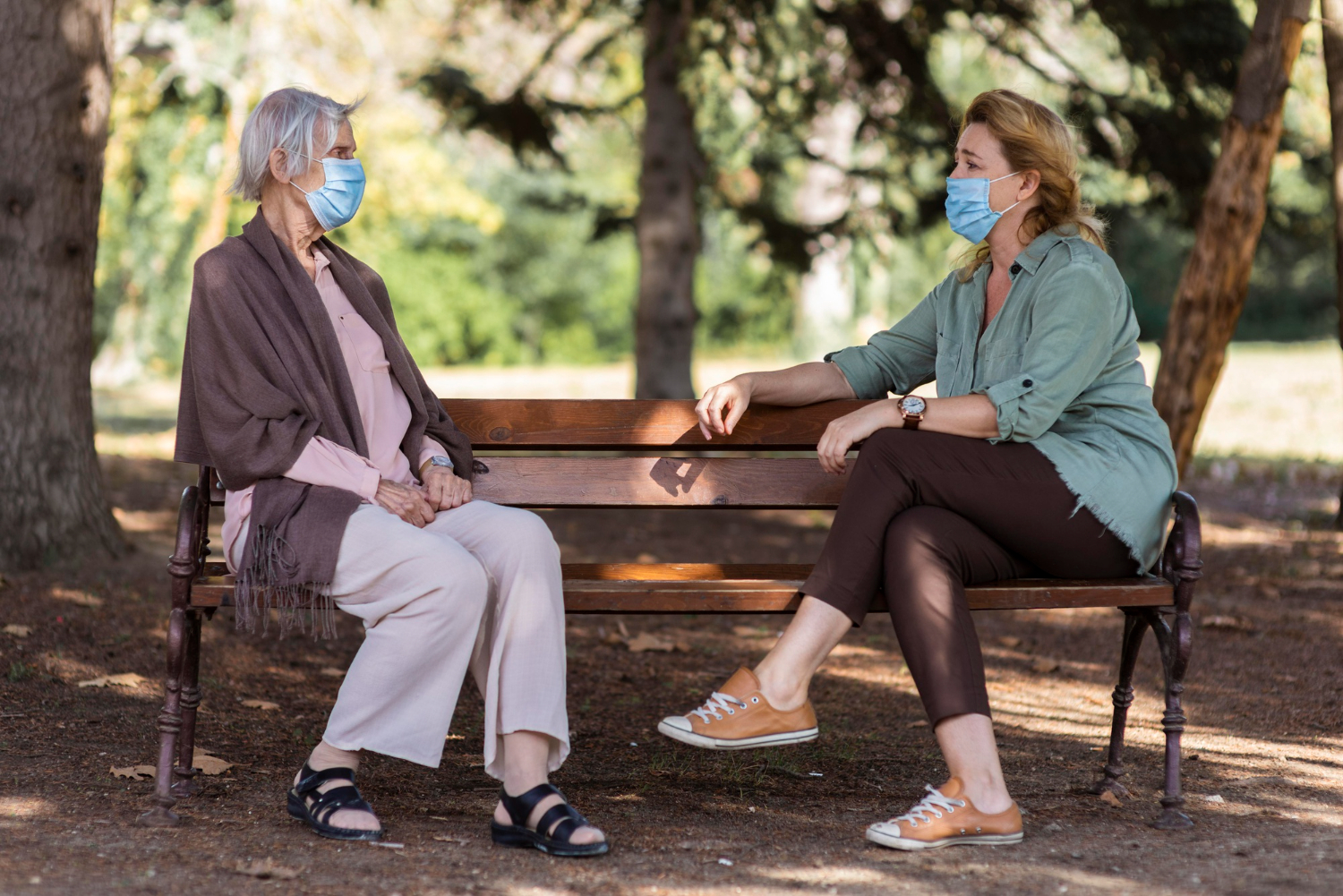Working in aged care is more than just ticking boxes and filling forms. It is about people. Real people with stories, memories, and families who want them safe, healthy, and cared for. That is where aged care risk management standards come in. Think of them as the rulebook that helps aged care homes stay out of hot water and keep everyone safe.
Let us walk through what these standards really mean, why they matter, and how you can make them a natural part of everyday care.
What Is Risk Management in Aged Care?
Imagine trying to walk across a river on a wobbly rope bridge. Every step could go wrong without the right safety net. That is aged care without risk management.
Risk management is all about spotting problems before they happen. It is about being prepared, not scared. These standards help you spot risks in areas like:
- Resident health and safety
- Infection control
- Medication handling
- Fire and emergency plans
- Staff training and behaviour
- Equipment and facility maintenance
If you can think of it, there is probably a risk plan for it.
.png)
Why the Standards Exist
You might wonder, “Why all the rules?” Well, it is because people in aged care are often more vulnerable. Their bodies are not what they used to be. A small fall or mistake can lead to big consequences.
The aged care regulations are like a safety net for both residents and staff. When everyone follows the rules, it helps:
- Protect residents from harm
- Keep staff safe and supported
- Make sure services meet national guidelines
- Avoid legal trouble and fines
- Build trust with families and inspectors
It is not about making your life harder. It is about making everyone’s life safer. Think of it as putting seatbelts on the whole system.
Breaking Down the Risk Management Standards
Here is the good news: these standards are not rocket science. They are broken into clear areas, so you know what to focus on. Let us break it down.
1. Resident Safety
This one is front and centre. You need to keep residents safe from things like:
- Slips, trips, and falls
- Medication mix-ups
- Aggressive behaviour (from others or staff)
- Poor nutrition or dehydration
- Infections or pressure injuries
Risk management means checking regularly, reporting issues quickly, and acting early. Like Mum always said, "A stitch in time saves nine."
2. Staff Training and Conduct
You can have the fanciest policies in the country, but if staff do not know what they are doing, it all falls apart.
That is why part of risk management is making sure every team member:
- Knows their job and how to do it safely
- Understands procedures and policies
- Gets regular training
- Reports mistakes or incidents honestly
The best teams talk, ask questions, and look out for each other.
3. Emergency Plans
Fires, floods, power outages — they do not book an appointment. You need to be ready, even when things hit the fan.
Aged care risk standards ask services to have solid emergency plans that cover:
- Evacuation procedures
- Communication with families
- Power backup plans
- Emergency staff contacts
- First aid and supplies
Practice drills are not just for school kids. They help aged care staff stay calm when it counts.
4. Facility and Equipment Checks
Sometimes it is not people who cause the problem. It is broken beds, slippery floors, faulty call bells, or old wiring.
That is why aged care standards require:
- Regular building inspections
- Equipment checks and maintenance
- Cleaning schedules
- Clear walkways and lighting
No one wants a surprise leak or power trip during dinner service.
5. Communication and Feedback
Good communication is not just nice to have. It is part of risk management. When staff, residents, and families talk openly, risks get spotted faster.
The standards suggest:
- Open-door policies for feedback
- Anonymous reporting systems
- Clear updates about health or policy changes
- Family meetings and updates
If you have ever played a game of telephone, you know how fast things can go wrong when messages get twisted. Clarity keeps everyone on the same page.
.png)
How to Stay on the Right Side of the Standards
If all this sounds like a mountain of paperwork, do not panic. You do not have to be perfect. You just have to be proactive.
Here are a few easy ways to stick with the standards:
Keep Things Simple and Clear
Use plain language in all your risk documents. Aged care staff are busy. No one wants to decode a puzzle while dealing with a medication round.
Make It a Team Effort
Get everyone involved — from kitchen staff to nurses to cleaners. If someone notices a cracked tile or a broken heater, they should feel confident reporting it.
Use Checklists and Logs
They might seem boring, but checklists are lifesavers. Use them for cleaning, medication rounds, safety checks — anything that could carry risk if missed.
Report, Review, Repeat
Accidents will happen. What matters most is what you do afterward. Review the incident, update your policies, and try not to repeat the same mistake.
Common Pitfalls to Watch Out For
Even the best homes slip up sometimes. Here are a few traps to avoid:
- Relying on memory instead of written plans
- Assuming “someone else will do it”
- Skipping refresher training
- Only focusing on physical safety (emotional safety matters too)
- Brushing off feedback from residents or families
Staying safe is a habit, not a one-off.
.png)
The Human Side of Standards
Rules and policies can feel cold. But behind every regulation is a human story — someone who got hurt, someone who was let down.
Think of standards as a way to honour those stories. A way to say, “We will do better. We will keep people safe.”
Risk management is not about fear. It is about care. Real care — the kind where someone’s mum or dad can grow old without worry. The kind where staff go home proud of their work.
What Governa AI Can Offer
At Governa AI, based in Melbourne, we support aged care teams with simple tools and systems that help you stick to standards without stress. From smart reporting to easy policy tracking, we make sure you never feel alone when managing risks.
You bring the care. We bring the support.
Final Thought
Following aged care risk management standards is not just ticking boxes. It is about building a culture where safety and care walk hand in hand. Keep it simple, talk to your team, and take one step at a time.
Because at the end of the day, it is not just about following rules — it is about protecting the people who count on you.










